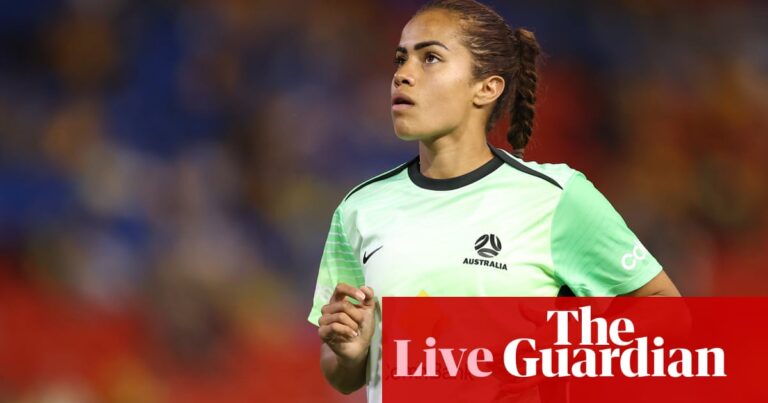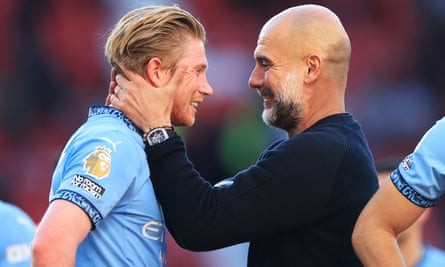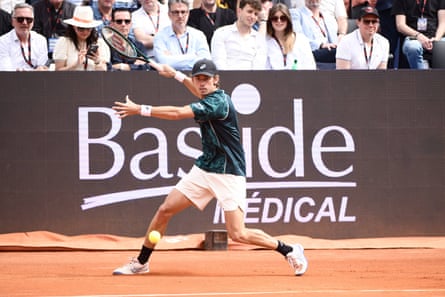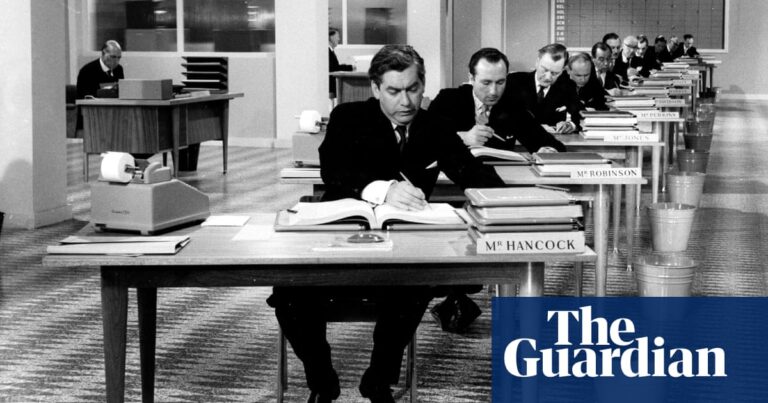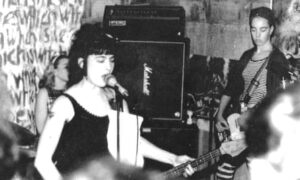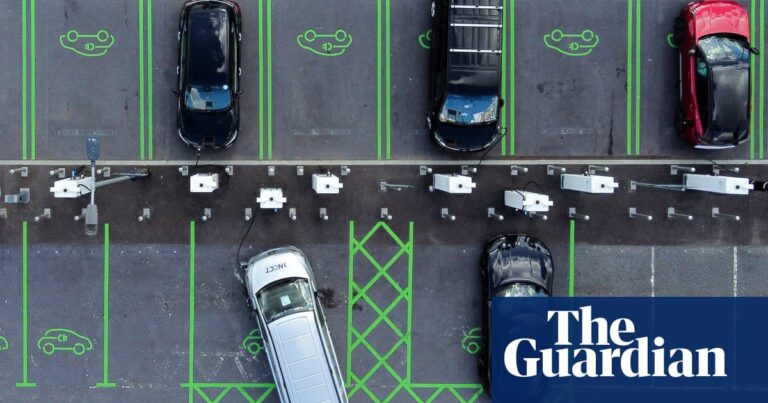As she stood outside in the shadow of the Caja Mágica two weeks ago in Madrid, Naomi Osaka was asked to reflect on her first appearance of the year on red clay, in Rouen, France, where she lost in the first round. Osaka is well known for her introverted, softly spoken nature, but her response was unusually blunt: “It was just shit, I’m sorry,” she said.
While she has established herself as one of the most successful players of her generation on hard courts, winning four grand-slam titles on the surface, for her and many other players on the tour springtime on the circuit brings the annual challenge of trying to perform on clay.
Clay courts are composed of layers of crushed brick, which slows down the ball and converts its spin into a higher bounce than many other surfaces. The thin, dusty top layer also makes sliding an essential way of navigating around the court.
Perspectives on clay vary among players. Nick Kyrgios predictably spends his time on social media calling for the extermination of “dirt rats”. But to many, rather than a “specialist” surface, clay-court tennis reflects the essence of the modern baseline game. It rewards smart shot selection, the ability to open the court with angles and well thought-out shot combinations along with the physicality required to survive long, attritional rallies. Drop shots, meanwhile, stop dead on the surface and choosing the right moment to close down the net can be rewarding.
“I would say clay surface is the one that, not ‘real tennis’, but it’s tennis that depends more on your skill, on your physical conditions, on your endurance conditions, how smart you’re playing, which decision you’re making,” says Andrey Rublev, who has just won the Madrid Open.
“Because on some other surfaces, maybe if you just hit hard enough in the middle and it’s more than enough. On a clay court if you only hit, it’s not gonna work. You need to know how to open up the court, you need to know how to play high, how to defend, how to move.”
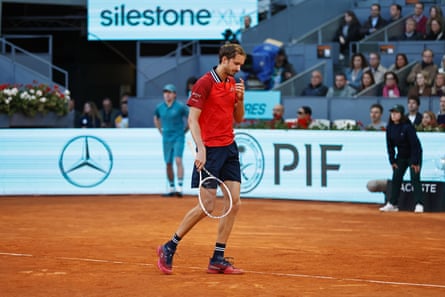
For big ball-strikers such as Osaka, the clay can blunt their serves and ground strokes, allowing opponents more time to defend and retrieve. While some refuse to adapt at all to the surface, others say they have tried to adapt their games too much. “There was a time when I was trying to be less aggressive, being more consistent. I was returning from really deep in the court, and it didn’t really suit me well,” says Félix Auger-Aliassime, who lost to Rublev in the Madrid final.
Even players who grow up on clay are not immune from such confusion. Greece’s Maria Sakkari says she grew up disliking the surface despite her exposure to it: “Now I feel like I have a more clear idea; I have to keep on doing the same as I do on hard courts but with little adjustments. And that’s like, points are longer, you have to be a little bit more patient, but you still have to hit the ball. Because if you try and play defensive nowadays, it’s not going to work.”
Daniil Medvedev’s tantrums transcend surfaces, but some of his best have undeniably come on clay. Three years ago, during a match in Madrid, he was criticised by the umpire for hitting his racket on the clay. “It’s a bad surface, so me, I cannot damage a bad surface,” he responded. Moments later, he concluded that he cannot play on the surface.
While the Russian’s cerebral and physical, defence-based game has some qualities that are well-suited to clay, many clay-court players hit the ball with heavy topspin, which allows it to bounce up out of the opponent’s hitting zone and provides them with the option of opening up the court with angles. Medvedev’s ground strokes are flatter over the net, meaning they often sit up at a comfortable height to attack on clay. He has had to force himself to put more work and spin the ball at all times.
“On clay, if you just push the ball, no chance,” the world No 4 says. “The guy is going to turn around the forehand, start moving you left and right. That’s a little bit of a challenge for me sometimes.”
While some believe that clay is softer on the body than pounding hard courts, Medvedev also says that he gets injured more on clay. It is partly because of how tiring the surface can be, which naturally makes his body more vulnerable, but also his less efficient sliding technique. While the best movers learn how to perfectly time their slide so that they are comfortable and balanced as they reach the ball, Medvedev says he often “forces” the movement. It is not always easy for him to change direction after reaching the ball. “For my body, clay is worse,” he says. “It’s always been the case. Many, many times I get injured in Madrid before Rome.”
after newsletter promotion
In the modern game, though, there is no room for specialising on certain surfaces and, as Novak Djokovic, Serena Williams, Rafael Nadal and Roger Federer have shown, the best players should be able to adapt their games to all surfaces and conditions.
Even those who have a difficult relationship with clay are trying. Last week Osaka spent some time in Mallorca thinking about how she wants her tennis to look on the surface. After watching videos of Carlos Alcaraz, Nadal and Rublev, she left even more certain that she needs to pair her natural power with more spin on the ball to create a vicious, heavy strike.
“I would think it is very ironic, and hilarious if my first tournament win [of my comeback] was on clay,” says Osaka. “Every tournament I play, I want to win. I know the results haven’t shown that but I really think that something’s gonna click eventually. But right now, I’m just going to be as humble as I can.”
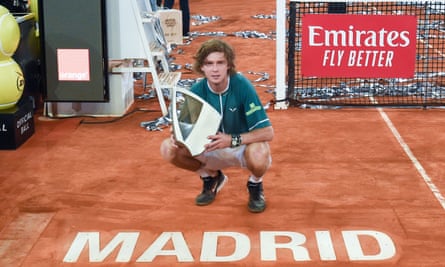
Despite Medvedev’s open hatred of the surface, has gradually improved. He followed up his 2021 French Open quarter-final with his first Masters 1000 title on clay at Rome last year. “I don’t like clay as much as hard courts, but I’m in a moment when I accept this. I try to find solutions, and I’m very happy in the zone I’m in right now,” he says.
Even the most stubborn characters understand the need to compete well on all surfaces. Two years ago, despite a three-set win over Stan Wawrinka in Monte Carlo, Alexander Bublik made himself clear: “I hate clay. [This is] the statement, guys – I hate this surface,” he said.
But this year, Bublik reached the fourth round in Madrid before falling to Medvedev. He actually played well. Asked whether his views towards the surface have changed, he shrugged.
“I don’t care,” he said. “I don’t care any more. I’m 27 this year, I’ve got to accept. It’s part of my job and part of the swing. Yes, of course it’s tough for me because it doesn’t suit my game well, but at the end, who cares? You gotta show up and play.”
Source: theguardian.com









